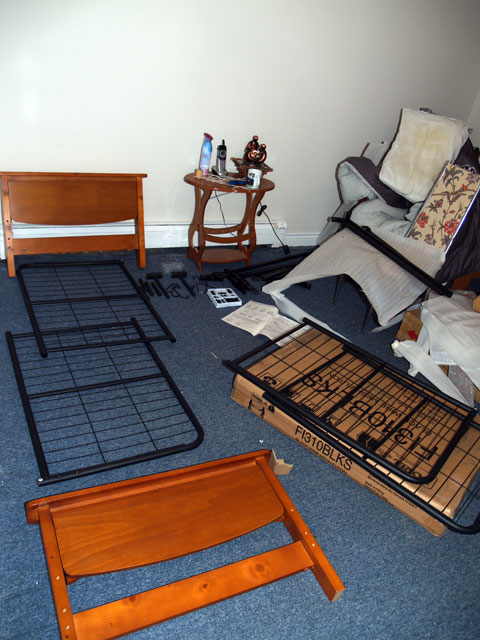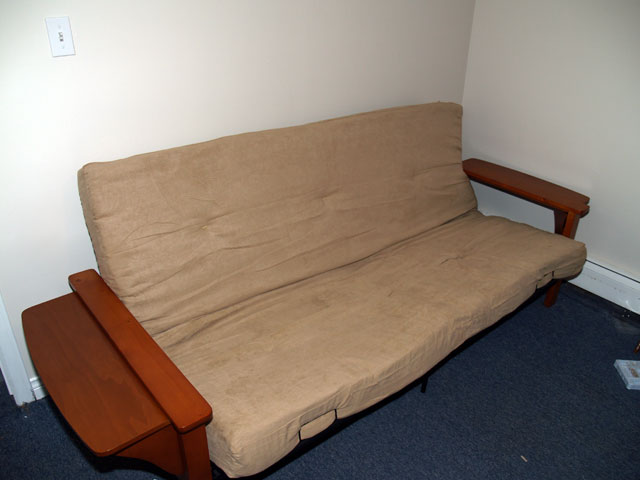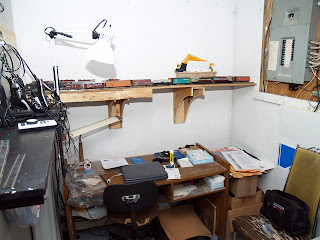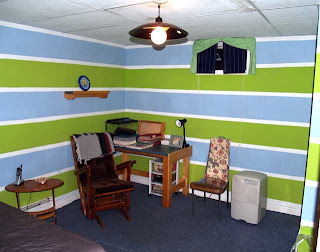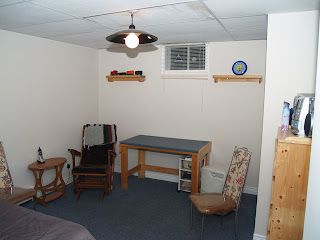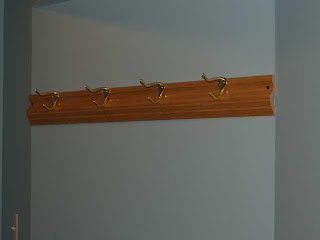I received an email a couple weeks ago from Joe Grubba at Factory Direct Trains offering to send a sound equipped Blueline loco for my club (the Half Nutters) to have a look at. He’d pay the shipping. If anyone in the group was interested they could purchase it at a discounted price. If not then we could send it back to him at his expense. He’d pay the shipping for future orders from club members.
Well, I could not resist the offer! Since I’d been half heartedly looking for an inexpensive steam loco with sound I chose the PRR M1. When I discovered the loco didn’t come with a DCC decoder (the sound decoder works for DC out of the box), Joe offered to throw in a Lenz Silver decoder at no charge. So I told him to send me the loco and decoder post-haste. I couldn’t wait to try it out!
My wife called me at work last Friday to tell me it had arrived. I wanted to take the rest of the day off, but had to curb my enthusiasm until I got home at my usual time. We had company when I got home so had to wait a little longer. They left finally and I was able to run to the train room to “play”.
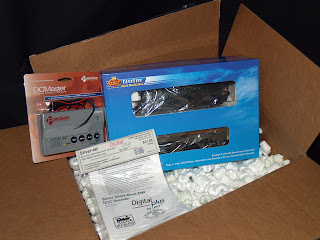 The loco, decoder, and “DCMaster” for
The loco, decoder, and “DCMaster” for
controlling sound on a DC layout. There was a
T-Shirt as well, but it didn’t make the photo.
The decoder install was a breeze – definitely one of the simplest installs I’ve ever done. According to the instructions I had to move the wiring for the headlight from one plug to another, remove the small circuit board from the 8 pin NMRA plug, and insert the plug for the Lenz decoder.
Boom! On to the layout to try it on address 3. Wow! It was loud! But it worked wonderfully.
Back to the programming track to set the address. Oh, oh. I had read about problems programming decoders in Blueline locos, but had forgotten. After a few failed attempts programming the address of the sound decoder I started scouring the internet trying to find a solution.
Because there are two decoders, one for motor and one for sound, you have to lock one while you program the other. You can’t program anything on the sound decoder using a Lenz system on the programming track. It has to be done using PoM (Programming on the Main), or Ops Mode Programming. But, you cannot set a decoder’s address with Lenz using Ops Mode. I could set the sound volume, at least.
Joe did send me some information that I will try when I get a chance and post the results here. He’s been very good with responding to email queries.
Anyway, the loco runs wonderfully, but seems to be a little less forgiving about poor trackwork than any of my diesel locos. Not that I have a lot of bad track, but I do have a few spots that cause problems every once in a while. The M1 will derail at these spots every time. I’ll have to get busy and get those areas repaired.
I’m no audiophile, and no expert about prototypically correct locomotive sounds, but to me the sound from this loco is great! The only complaint I have is that you can hear a bit of a background noise (hiss) when the loco is stopped. During an operating session or a train show this shouldn’t be a problem.
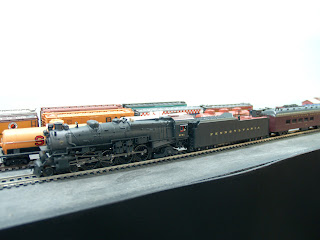 The M1 in Bayside Yard at the head
The M1 in Bayside Yard at the head
of the BS&T excursion trainIf I can get the necessary track repairs done, the BS&T may just have new power for a new passenger extra – an excursion train from Bayside to Tidewater and back.
Scott
